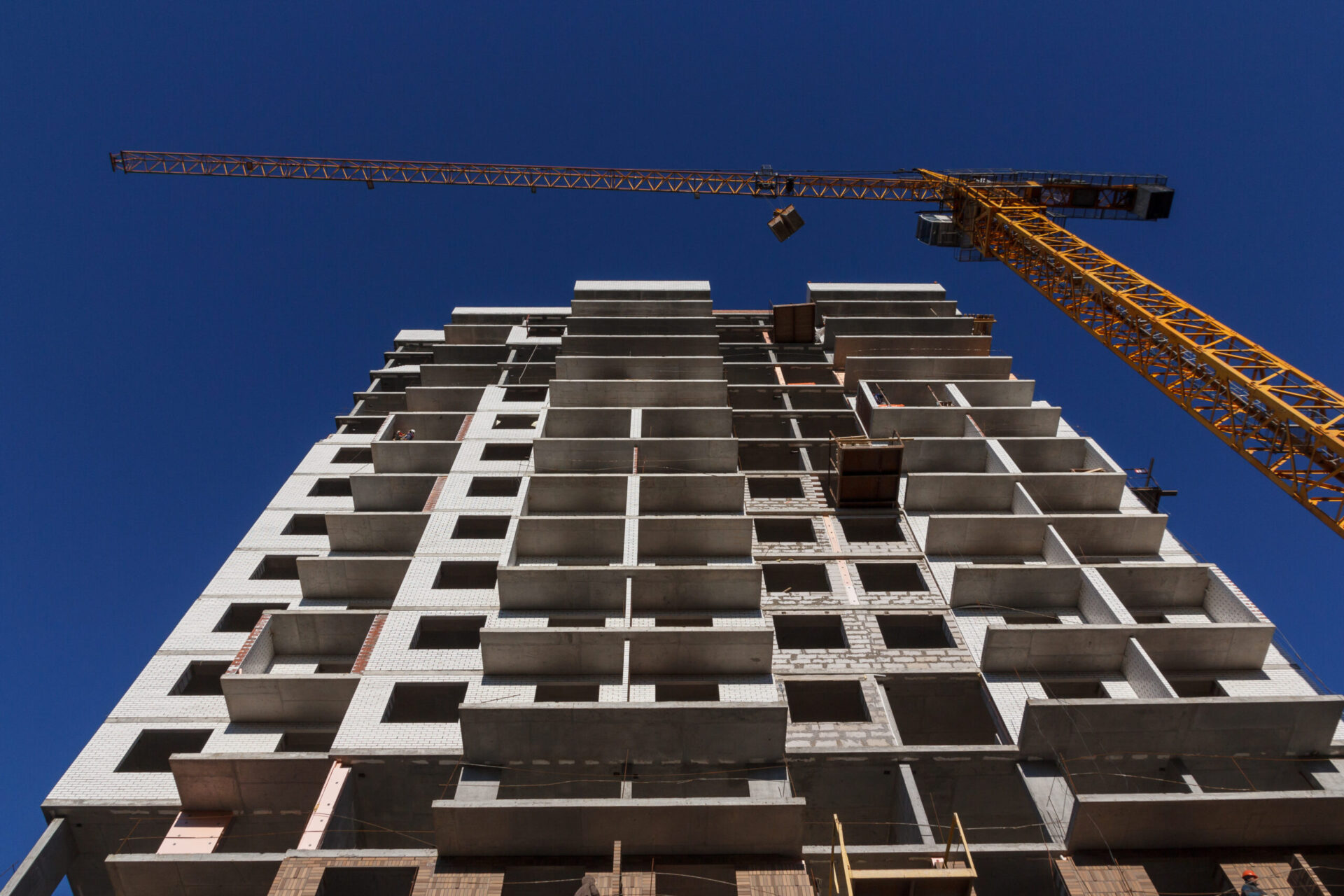Rent prices are easing in most American cities thanks to a boost in available units.
Sixty-eight of the country’s largest metros saw month-over-month rent declines in October, according to researchers at Florida Atlantic University and two other schools.
The average rental rate was $2,040, down 0.9% from September.
Springfield, MA, Austin, TX, Seattle, and New York were among the cities where rents posted declines.
“It seems that an increase in supply helped relieve the pricing pressure on rental units around the country – and that’s exactly what had to happen,” said Ken H. Johnson, Ph.D., an economist in FAU’s College of Business.
He noted that delivery of units under construction, as well as increasing unit density and conversions of short-term rentals into long-term rentals, contributed to cooling rents.
Even as single-family construction is declining, multifamily projects are moving forward at their highest levels since the 1980s.
“You know, we’re going to see 40-year highs in new apartment supply in 2023,” said Jay Parsons, an economist with RealPage, told Marketplace. “And that wave is going to last into 2024.”
More units should help moderate rents, but Parsons said many of these buildings will offer higher-end units. Competition for affordable units may remain elevated.
Some areas continue to battle inflated rents, especially in booming markets like Cape Coral-Fort Meyers, FL.
This metro saw a 1.6% bump from September and a 17.2% increase in rents YOY, and also had the highest premium. This is well above the 3-5% rents typically rise in one year.
“The significant rise in Cape Coral-Fort Myers is very disheartening, though not surprising,” said Shelton Weeks, Ph.D., of Florida Gulf Coast University’s Lucas Institute for Real Estate Development & Finance.
“The monthly index report is highlighting the ongoing cost of Hurricane Ian. There are signs of a recovery, but affordable housing should remain an issue in this market for months to come.”
Temporary housing remains an issue for many Floridians displaced by Ian, with many living in shelters, hotels, or with friends. At the same time, real estate investors “swooped in” to buy damaged properties to fix and flip.
Follow Us On Twitter:
Read More Articles:
Homes Bought In 2022 Face Rising Underwater Risk As Prices Cool
